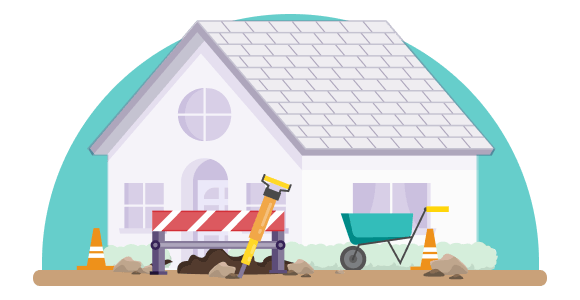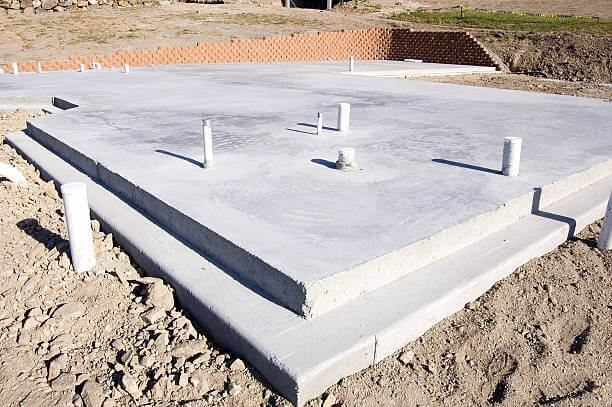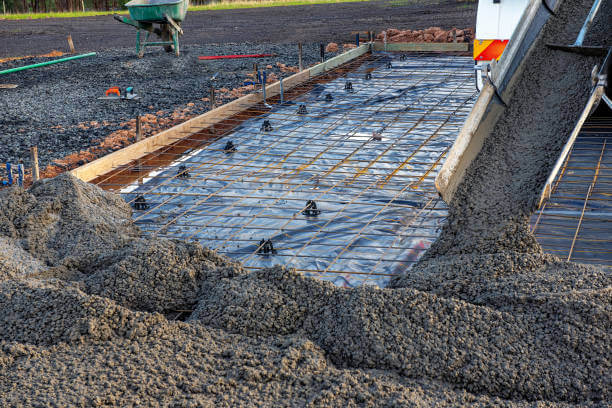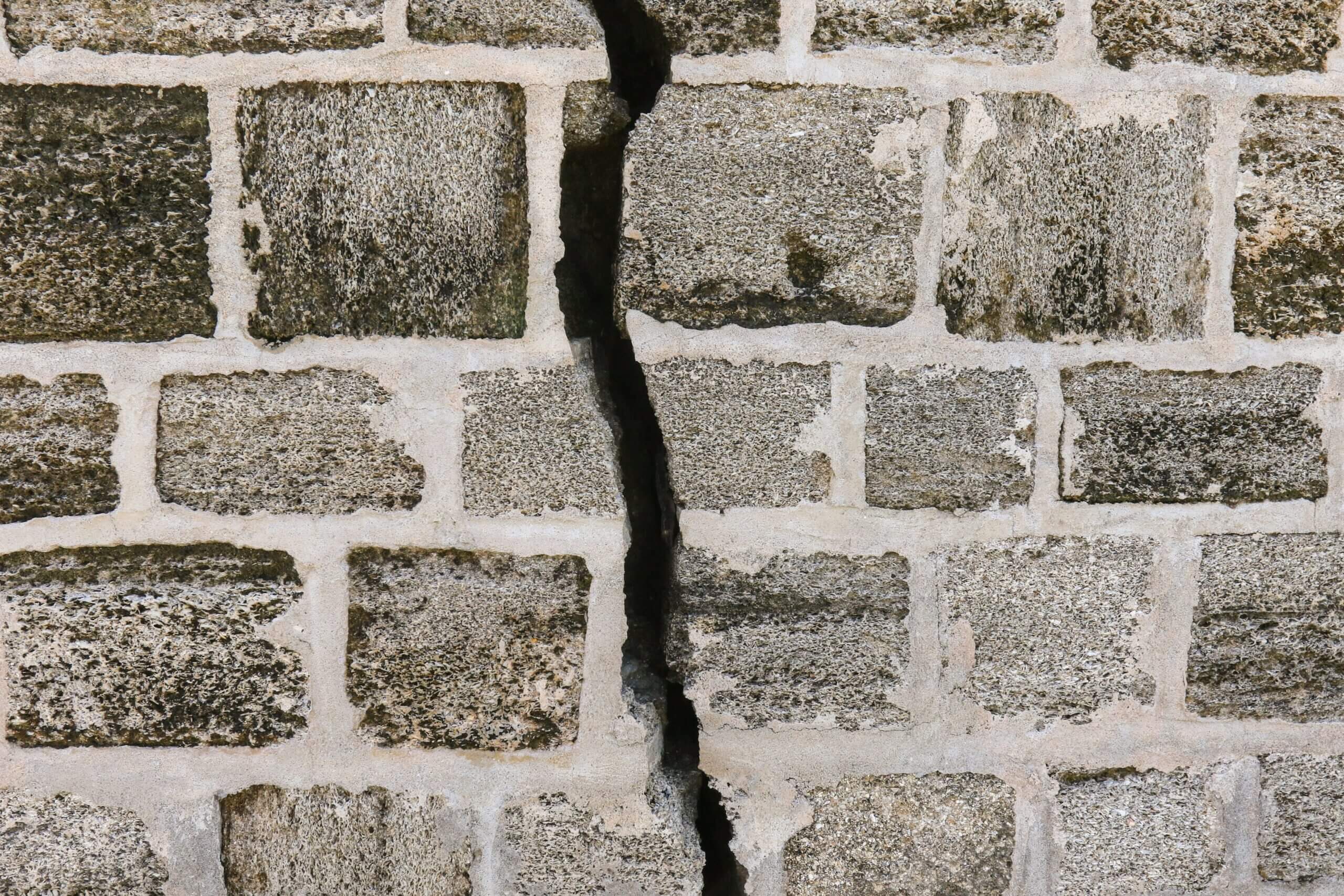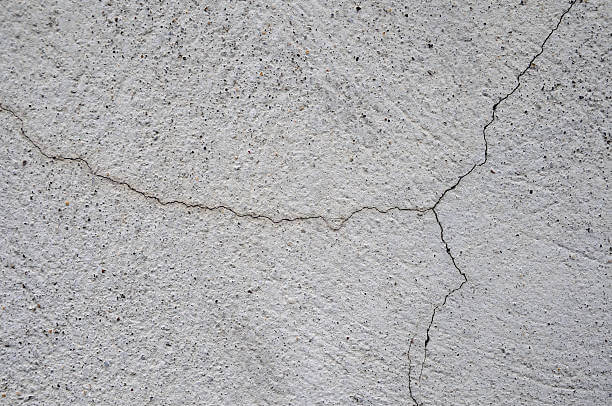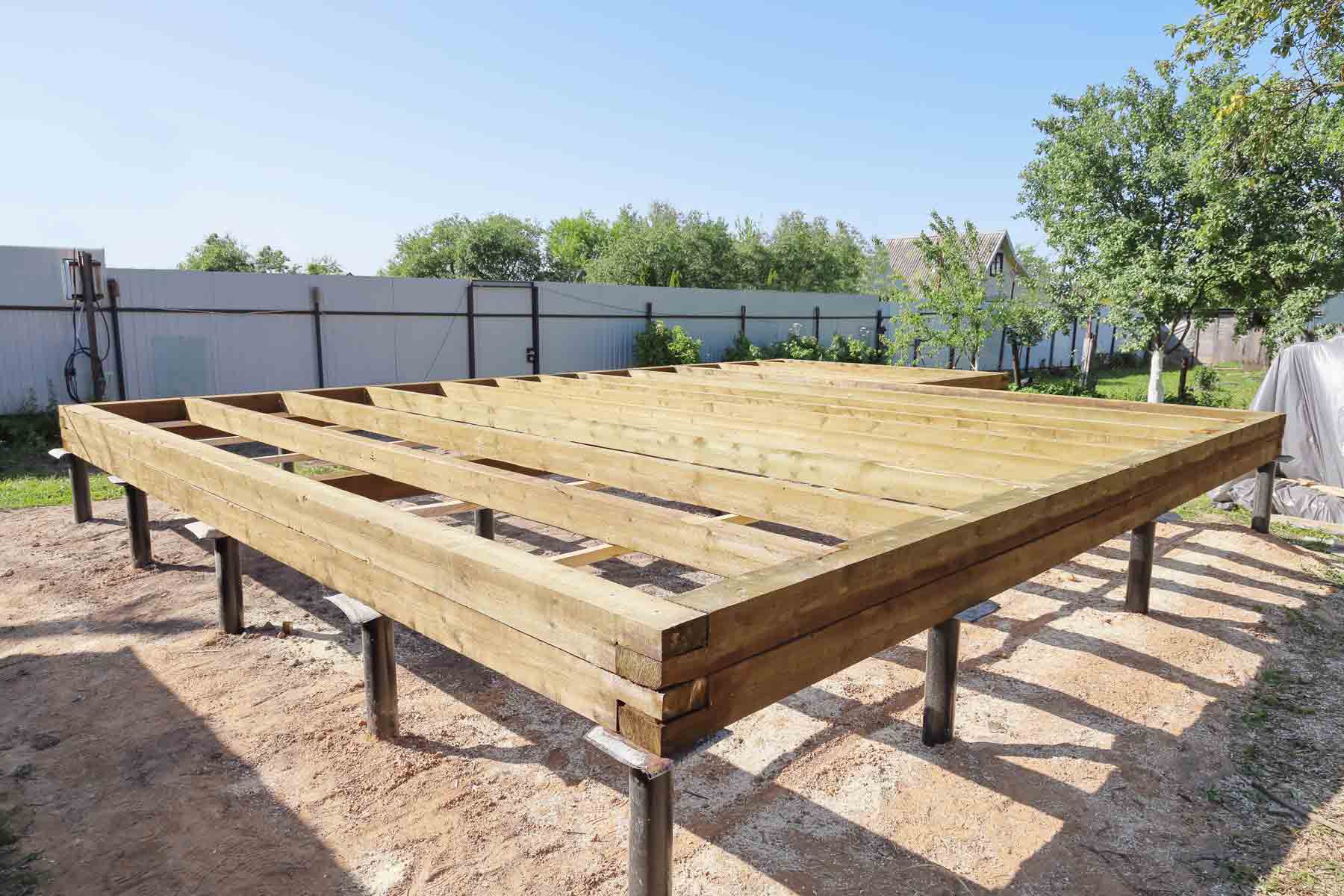What Is Foundation Underpinning?
Foundation underpinning is a structural repair process that strengthens and stabilizes an existing foundation by extending it deeper into stronger soil or bedrock. It’s typically needed when the original foundation can no longer support the home’s weight, often due to soil movement, erosion, poor drainage, or nearby excavation.
Why Homes Need Underpinning
- Soil settlement or expansion. Clay soils can shrink or swell over time.
- Water damage. Excess moisture undermines the foundation.
- Nearby construction. Vibrations or excavation weaken the surrounding ground.
- Poor original construction. Inadequate foundation depth or materials.
How Much Does Foundation Underpinning Cost?
Foundation underpinning typically costs between $300 and $600 per linear foot in the U.S., or roughly $6,000 to $25,000 total for most residential projects. The exact price depends on your home’s size, soil type, damage severity, and underpinning method.
| Underpinning Method | Average Cost per Linear Foot | Typical Use Case |
|---|---|---|
| Mass concrete underpinning | $300 to $450 | Shallow or moderate settlement |
| Beam and base underpinning | $400 to $550 | Foundations requiring stronger load transfer |
| Mini-piled underpinning | $500 to $800 | Deep foundations or unstable soil conditions |
Most single-family homes require 8 to 12 linear feet of underpinning per corner or wall section, bringing total costs to around $10,000 to $18,000 for moderate repairs.
» Know what to expect. Learn more about the cost of different foundation repairs.
See what your foundation repair project will cost.
What Happens During Underpinning
Underpinning isn’t a simple repair; it’s an engineered stabilization process that involves labor, materials, and precision, all of which influence total price. In most U.S. homes, the process includes:
- Inspection and assessment. Engineers identify the cause of settlement and plan underpinning zones.
- Excavation. Small sections beneath the foundation are dug out in stages.
- Stabilization. Concrete or piles are installed to reinforce and deepen the foundation.
- Curing and backfill. Materials are allowed to set before backfilling.
- Final inspection. Engineers verify stability and provide documentation.
Typically, the process takes one to three weeks, depending on soil conditions and foundation depth. Engineering design and staged labor make up 30% to 40% of the total underpinning cost.
» Make sure you’re prepared. See our helpful guide to other foundation repair methods.

Key Factors That Influence the Cost of Underpinning
Understanding what drives underpinning costs helps you plan and budget more effectively.
1. Type of Underpinning Method
Different methods involve unique materials, labor, and engineering complexity.
- Mass concrete underpinning (traditional pit method) is cost-effective but slower.
- Mini-pile underpinning is ideal for deep or unstable soil but increases material and equipment costs.
- Beam and base underpinning is more technically advanced, and therefore more expensive, than mass concrete underpinning.
2. Soil Conditions and Site Accessibility
- Clay or expansive soils often need deeper, reinforced underpinning.
- Limited access (tight crawl spaces, basements, or landscaping obstacles) can raise labor costs 10% to 20%.
3. Foundation Type and Structure Weight
Heavier structures, like brick or multi-story homes, require stronger supports and more concrete or steel reinforcement.
4. Extent of Damage
If settlement affects only a small area, targeted underpinning can be performed. Severe or widespread movement may require full-perimeter underpinning, increasing total costs.
5. Engineering and Permits
Structural engineers usually design underpinning plans and oversee implementation. Expect $1,000 to $3,000 in additional fees for engineering assessments and local building permits.
How to Get an Accurate Underpinning Estimate
Because every foundation is different, a professional site inspection is the only reliable way to determine your true cost.
A qualified contractor will:
- Measure settlement and soil depth
- Identify the root cause of foundation movement
- Recommend the safest, most cost-effective underpinning method
Ask for a written report and itemized quote that includes engineering, permits, and post-repair testing. Transparent contractors should explain each cost clearly before starting work.
Signs You May Need Foundation Underpinning
Not every foundation issue requires underpinning, but certain structural movements make it the only lasting solution. You may need underpinning if your home shows progressive settlement rather than surface-level damage.
Typical indicators include:
- Cracks reappearing after previous repairs, especially if patched areas reopen or widen over time.
- Uneven or sinking sections of the foundation: One corner or side of the home sits lower than the rest.
- Floor slopes increasing gradually: A sign that the entire footing is moving, not just the slab surface.
- Evidence of deep soil failure: Visible gaps between the foundation and surrounding soil or footings pulling away from walls.
- Separation between attached structures: Porches, garages, or chimneys moving independently from the main house.
In short, foundation underpinning is warranted when your home continues to sink or settle, even after minor foundation repairs or patching.
Cost-Saving Tips and What to Watch Out For
A few smart decisions can keep your underpinning project efficient and prevent costly mistakes.
How to Save on Underpinning Costs
- Act early. The smaller the settlement zone, the less excavation and material required.
- Get multiple quotes. Compare itemized pricing and confirm what’s included (engineering, permits, backfill).
- Bundle repairs. If drainage or grading needs improvement, fix it during the underpinning phase to avoid repeat work.
How to Avoid Costly Surprises
- Beware of low bids that skip engineering oversight or use untested materials. These can fail inspections or void warranties.
- Confirm licensing and insurance. Underpinning is a structural procedure that should always be performed by a certified foundation contractor.
- Request documentation. A final inspection report and warranty add value to your home and assure future buyers.
Ask each contractor, “What soil tests or engineering reports do you base your underpinning plan on?” Transparent answers usually signal trustworthy professionals.
See what your foundation repair project will cost.
Compare top-rated foundations pros in your area.
Read real homeowner reviews, explore qualifications, and view promotions. Modernize makes it easy to browse professionals and find one that will be perfect for your project.
